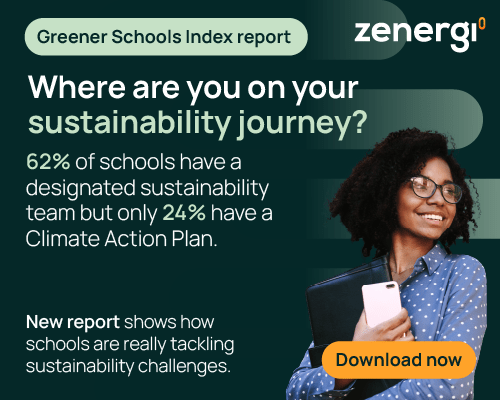
Understanding the external forces at play in a school’s environment can feel like trying to juggle while riding a unicycle, but with the right tools, school business managers can confidently navigate the challenges
CREDIT: This is an edited version of an article that originally appeared on Top CV
A school environment extends beyond the classroom and school grounds. It also refers to the internal and external factors that affect how the school functions. These factors are constantly changing and can significantly impact the success or challenges a school may face.
Environment analysis is a process for determining how a school can operate effectively and achieve its educational goals. It involves identifying the key factors that impact school performance, such as the local and national education policy, which shape society and governance, technological advancements, legal requirements and environmental factors.
It is also used to examine the potential impact of things like changes in education funding, technological innovations, regulatory guidelines, competitive pressures from other schools and social shifts that could affect the school’s ability to meet its objectives.
For school business managers, conducting an environment analysis is highly beneficial. Analysing the external environment helps SBMs to anticipate potential challenges, assess the effectiveness of current resource allocation and make informed decisions.
The best place to start is by defining the influencing external environmental factors surrounding your school and the educational landscape.
Influencing Environmental Factors
General: Economic and social issues that universally impact schools include government regulations, technological advancements and societal norms related to education, such as expectations around curriculum standards and diversity.
Specific: Unique elements that directly relate to a particular school include factors such as competition from nearby schools, the school’s student population, local community needs and relationships with suppliers or partners.
Uncertain: Future-shaping factors that are hard to predict and often external, requiring schools to adapt, include changes in government funding, shifting societal attitudes toward education, or potential changes in national education policies or global issues like public health crises.
Utilising the PESTLE Model
PESTLE is an acronym that stands for Political, Economic, Sociological, Technological, Legal, and Environmental factors. Each category provides a framework to analyse the external factors that can influence your school. By considering each of these elements, you can create a comprehensive understanding of the external forces at play.
To complete an analysis, SBMs need to gather data on each of the six categories and identify the trends or issues that are most pressing for your school. Evaluate how each factor will impact the school’s operations, growth, and ability to meet its educational goals. This will allow you to make informed decisions about the school’s direction.
Conducting a PESTLE analysis in the context of environmental analysis allows school managers to better understand how external factors can influence their strategic decisions. By focusing on these external influences, schools can identify opportunities, anticipate challenges and adjust their approach to meet both immediate needs and long-term goals.


Be the first to comment